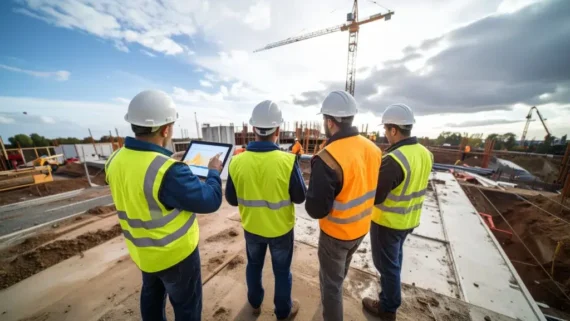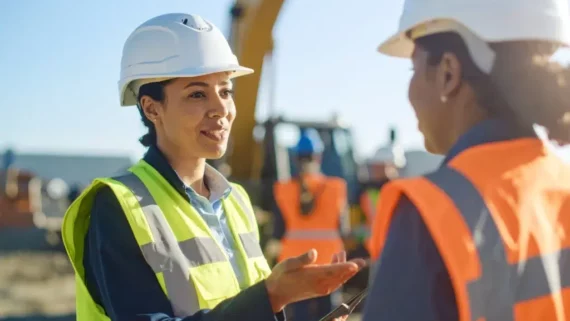
The Top 5 Tips for Conducting Field Level Risk Assessments
A tool like the field level risk assessment is an easy yet effective way to minimize risks to the health and safety of your organization.
A field level risk assessment (or FLRA) gathers information from all relevant sources about the condition of a site at a specific time to minimize or eliminate risks and potential losses. Typically, FLRAs are conducted before work begins, if workers change shifts, when the site changes, or when new tools or equipment are introduced to the site.
FLRAs are most effective when adopted by every level of the organization, and its usage creates a common language that makes it easy to quickly discuss, assess, and solve problems. Many case studies illustrate how the implementation of FLRAs reduces the number of workplace incidents, injuries, and fatalities – sometimes by more than 60%.
Other benefits of using field level risk assessments include:
• Improved work methods and productivity
• Direct cost savings
• Reduced premiums for workers’ compensation
• Better critical thinking
• Increased employee job satisfaction
If you are not already utilizing FLRAs in your company, there are many resources available to get you started, including example assessments and matrices. Once you have chosen one, use these five tips to make the most of field level risk assessments in 2020.

1. Reduce Complacency
If workers feel over-confident in their skills, they stop paying attention to their surroundings. Sadly, that is when accidents happen. Use the FLRA to keep employees alert and aware of all hazards and risks on-site. One best practice is to review the FLRA with the entire crew at the beginning of each day so potentially dangerous situations are top-of-mind.
2. Follow a Checklist
Use a checklist to thoroughly review potential hazards on site; this can be done on paper or in a digital form. Many times, the checklist will walk through each step of the job so the team can identify risks and put controls in place. Checklists also provide management with data to address larger problems with company methods or practices.

3. Reward Workers Who Demonstrate Leadership
When it comes to maintaining a safe work environment, it is important to motivate your team. One great motivator is reward and recognition. If you have employees who set a good example of how field level risk assessments should be completed, reward them. Not only does this show those employees how much they mean to the company, but it also motivates their colleagues to perform better.
4. Take Notes
As you conduct field level risk assessments, you should be taking notes of potential risks or situations that could become hazardous. Share your notes with the team and the supervisor to keep everyone aware and prepared. Management can also take the necessary steps to mitigate the risks ahead of time.
5. Conduct Risk Audits Regularly
When you get comfortable in an environment, it is easy to tune out the risks around you. However, this can be extremely dangerous when new employees join the team because they are not yet familiar with the work environment. Conduct independent risk audits regularly to keep risks in the field top-of-mind for all employees.
Buy-in and consistent implementation of FLRAs at all levels of the organization will keep injuries, accidents, and costs down. While all five of these best practices make your field level risk assessments more effective, they are also great tips to reduce workplace risks overall.






























